EM@3AM: Murine Typhus
EMDocs
DECEMBER 1, 2024
The disease is generally mild, but in untreated cases, it can lead to more severe outcomes, especially in patients with underlying conditions such as glucose-6-phosphate dehydrogenase deficiency. Even though the disease often resolves spontaneously, prompt antibiotic therapy is essential for optimal outcomes. 2016 Oct;29(5):433-9.







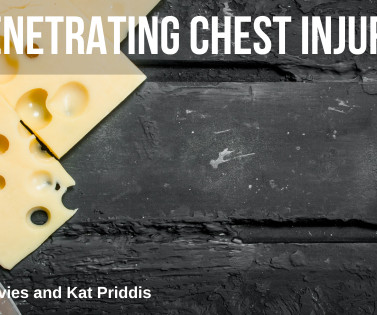





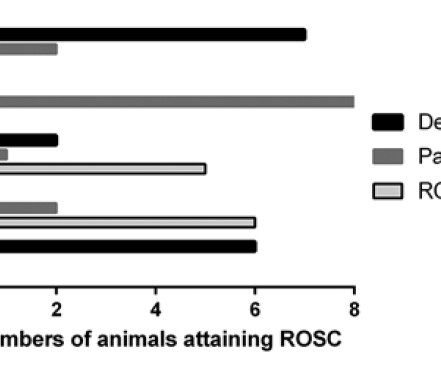







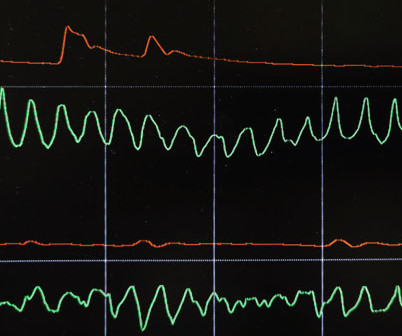









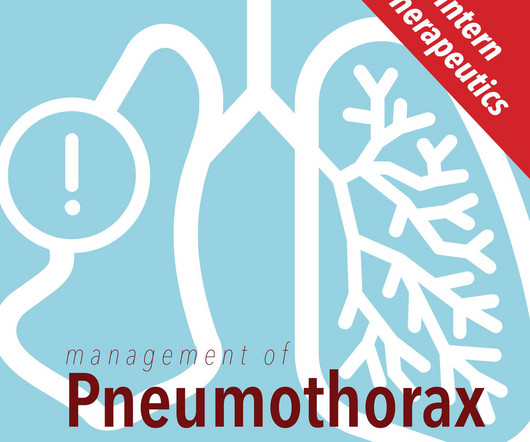




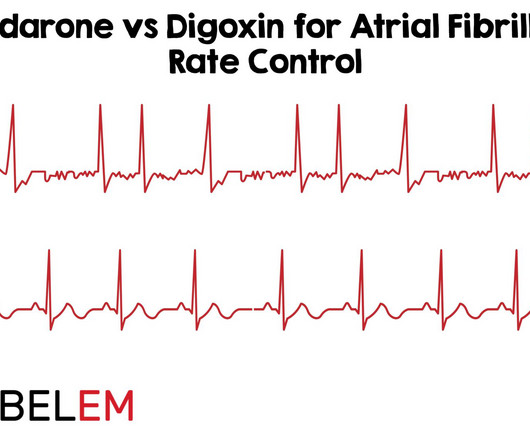

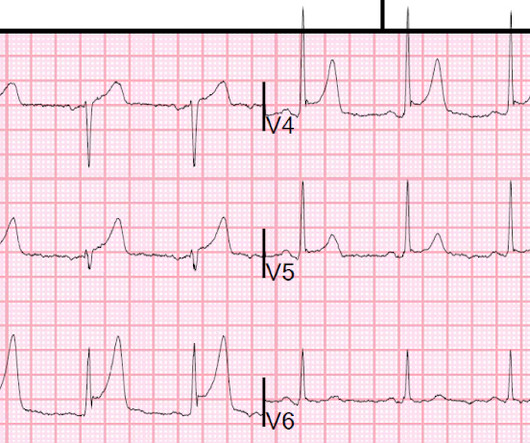




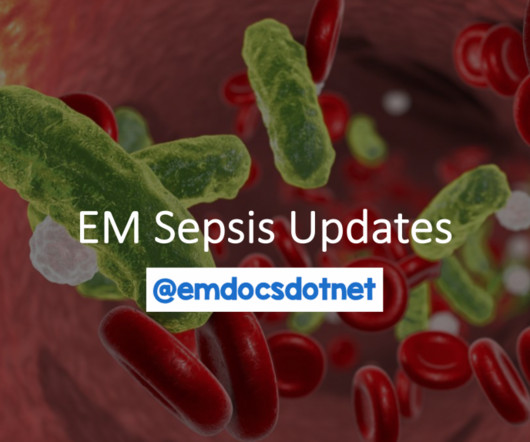







Let's personalize your content